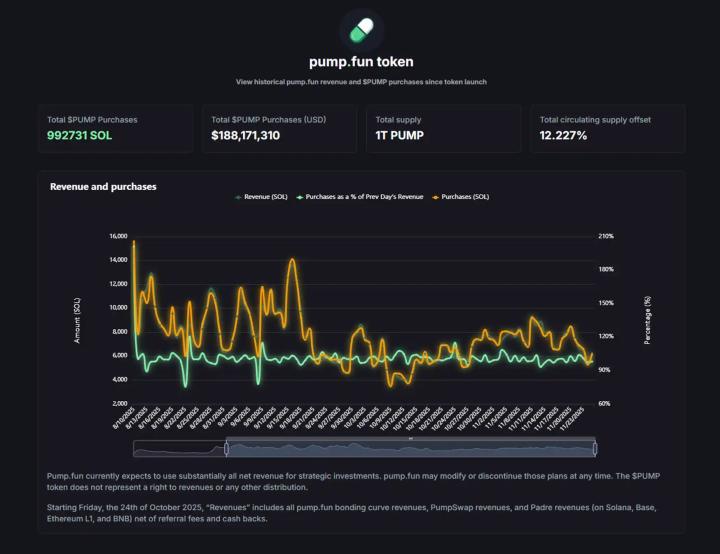Ethereum has taken a bold step toward Layer-1 scaling. On November 25, the network increased its gas limit from 45 million to 60 million. That marks a 33% jump in block capacity within a single upgrade cycle. More than half of Ethereum validators approved the change. Because the support crossed the 50% threshold, the upgrade activated automatically. No hard fork was required.
昨天,以太坊主网的 Gas Limit 正式提升至 60M,相较年初已实现翻倍。而过去近四年间,这个数字一直被谨慎地维持在 30M 左右。
— Zhixiong Pan (@nake13) November 27, 2025
是什么原因让以太坊开发者在今年突然决定如此激进地推动 L1 扩容?我认为,这背后的关键在于一场从谨慎保守到「实证科学」驱动的扩容范式转移。
过去,以太坊对提高 Gas… pic.twitter.com/JaNGNXxaSH
This quiet but powerful shift signals a major change in how Ethereum now approaches scalability. For nearly four years, the gas limit stayed close to 30M. Developers kept it low to protect the network from performance risks. Now, that cautious era appears to be fading.
Why Developers Finally Pushed the Limits
So why did Ethereum developers suddenly move faster this year? The answer lies in three key technical breakthroughs that changed the risk profile. First, EIP-7623 added protection at the protocol level. It raised the gas cost of calldata. This limits worst-case block sizes and adds a built-in safety buffer. As a result, developers gained more confidence to raise the gas ceiling. Second, major Ethereum clients received deep performance upgrades.
Teams optimized software like Nethermind, Erigon and Reth. They improved cryptographic operations and adjusted gas pricing for heavy computations. These updates now allow nodes to handle 60M gas blocks without stress. Third, developers ran intense stress tests on testnets such as Sepolia and Hoodi. The results stayed stable even at higher loads. Block propagation is still completed within Ethereum’s tight four-second consensus window. That removed one of the biggest scaling fears. Together, these upgrades shifted Ethereum from cautious theory to evidence-based scaling.
What This Means for Users and Developers
Higher gas limits mean more transactions per block. That helps reduce congestion during peak demand. It also improves reliability for apps that rely on steady block space. For developers, the change improves workflow. They no longer need to over-compress smart contracts just to save gas. This unlocks cleaner designs and faster development cycles.
Users may also feel the impact. When demand spikes, networks usually slow down. With more room per block, Ethereum can now absorb heavier traffic with less pressure. Still, some questions remain. Larger blocks require stronger hardware. That creates long-term debates about decentralization. Developers say current data shows the network remains stable.
The Road to 100M and the Future of L2s
Looking ahead, some developers now discuss pushing the gas limit toward 100M. That would mark a massive leap for Ethereum’s base layer. However, challenges remain. Teams still need to manage state growth, heavy cryptographic load and network data flow. There is also a growing debate about what this means for Layer-2 networks.
Some analysts believe faster Layer-1 could reduce pressure on rollups. Others argue it simply strengthens the entire ecosystem. Currently, one thing is clear. Ethereum is no longer standing still on scaling. The 60M gas limit marks a turning point. Developers now scale with real data, not just caution. The Layer-1 race just entered a new phase.







